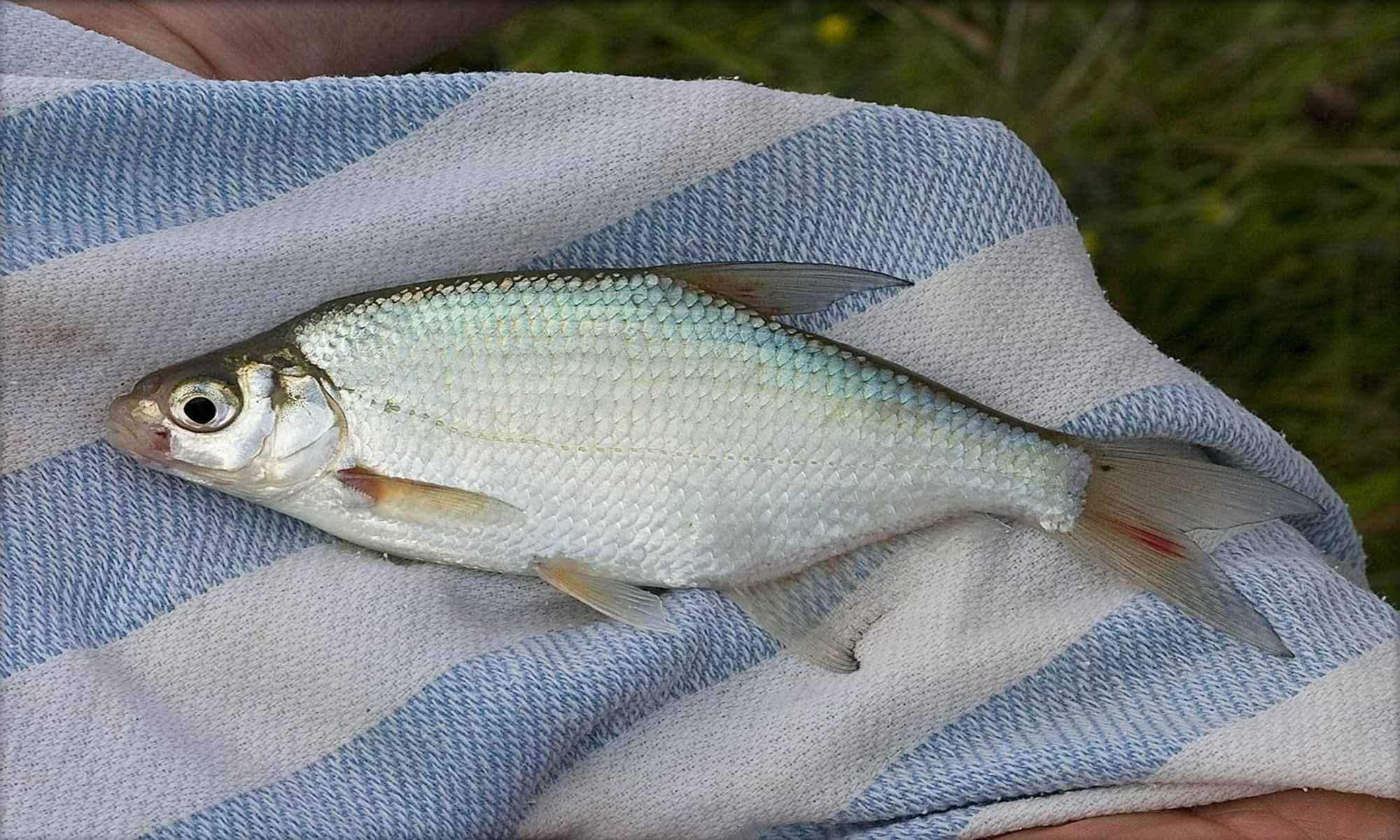How to Set Up a Brim Fishing Rod
Looking to up your bream fishing game? Follow this guide on how to set up an effective and efficient brim fishing rod.

Brim or bream fishing is popular among anglers, whether they’re novices or veterans in the sport. This is because bream are found in abundance and are easy to find in most bodies of water. It’s also a common method to introduce fishing to young people.
Bream fishing doesn’t require much, you need a minimum amount of tackle, and you’re all set to target different types of panfish. In one session, anglers who land plenty of bream usually use light tackle fishing setups. If you want to learn more or up your fishing game for bream, here’s what you need to know:
What You Will Need
Bream are opportunistic feeders that scavenge around for their food. They will take to several various baits and lures. Different setups can be used for bream fishing, but a good place to begin is with a light rod and reel combo paired with a light fishing line.

1. Rod and Reel

Opt for an ultralight spinning rod and reel combo that is 7 to 9 inches long and has a 2500 reel. Rods made out of graphite are preferable because they’re lightweight and sturdy.
2. Fishing Line
Choose either a braided line with a 4 to 6-pound test curve or a monofilament line that can withstand 8 to 10-pound tests.
3. Hook
Small Aberdeen hooks are perfect because bream have small mouths. A good size is the #6 hook.
4. Bait
Prepare your bait. Bream like crickets and worms the best. Larger bream can take to two to three-inch minnows and tiny shad.
5. Tools
You will need a pair of pliers to set up your bream fishing rig.
6. Others
Some other ingredients you can use to make an effective and efficient bream fishing rod:

- A one-inch weighted round float made of foam.
- A #4 lead split shot weight.
- Bobber stoppers made of string and plastic tubing.
- Plastic beads.
- Sliding corks, preferably conical-shaped ones made of styrofoam.
- A 1/16-ounce jig.
Setting Up Your Rig
Below is a step by step guide to setting up different bream fishing rods and rigs:
1. Basic Rod and Rig
Tie the #6 Aberdeen hook to your ultralight line using a Palomar knot.
Around 12 inches up the line from the hook, place the #4 lead split shot weight. Tighten the split-shot weight using pliers gently until it doesn’t move and is secure.
Determine what depth of fishing you want, and then fasten the one-inch weighted round foam float on the line where the distance between the float and the hook is equal to that depth.
Attach your bait to your hook and ensure its pointy end is covered with the lure. If you’re using a live cricket, insert the hook behind its head and thread it through its backside. If you’re using small fish like minnows, hook them through their lips and not their fins so the bream will have an easier time biting and swallowing them.
2. Brim Rig with Other Accessories
Adding a slip cork rig to your ultralight spinning rig for bream fishing can allow you to have more precision when casting without getting on top of your target. It also makes changing your fishing depth easier because you will only need to slide the cork stopper up or down the fishing line. It can also be reeled in, making your casts neater without having dozens of inches of line dangling around. Here’s how to set it up:
Slide a light line through a bobber stopper’s plastic tubing. This will leave you with an extra tagline to work with. Slip the bobber stopper’s tubing off the end of the line. Some bobber stoppers have slotted tubing that can be easily removed.
Pull the string ends of the bobber stopper in opposite directions. Cinch down the string tightly and cut off the tag ends. If a bobber stopper string’s knot loosens because you haven’t pulled it tight enough, you’ll have to rerig because you can’t tie it again.
When attaching bobber stopper beads, slide the smaller ones first, followed by the larger ones.
Attach the sliding cork on your line. Make sure that the colored part of the cork is facing upwards to see it when it floats. Under the cork, add another large bead.
Tie it to the rest of your rig.
Things to Look Out For
Avoid using large hooks because they are more visible and likely to deter fish from taking your bait.
Be careful when you tighten your weight to your line. Excessive stress on the line or line breaks can be caused by over-tightening the line.
Another thing that can prevent fish from taking your bait is placing your sinker too close to the hook.
Additional Tips
Light and medium rod and reel combos can work well for bream fishing. It’s just that ultralight rod, and reel combos will give you a more exciting fight when you retrieve the fish.
For easier casting with a light rig, use weighted floats.
Keep your baits varied and lively. Bream fish eat a variety of forage, so don’t be afraid of switching it up when your current lure won’t get bites. Consider what big bream or smaller fish would like and how large they would want it.
Now that you know how to set up a brim fishing rod and rig, you can now go out and increase your chances of hooking plenty of them. Don’t be surprised and celebrate your wins if you can catch around 50 in one trip. Enjoy it, it's one of the best ways to go recreational fishing.



